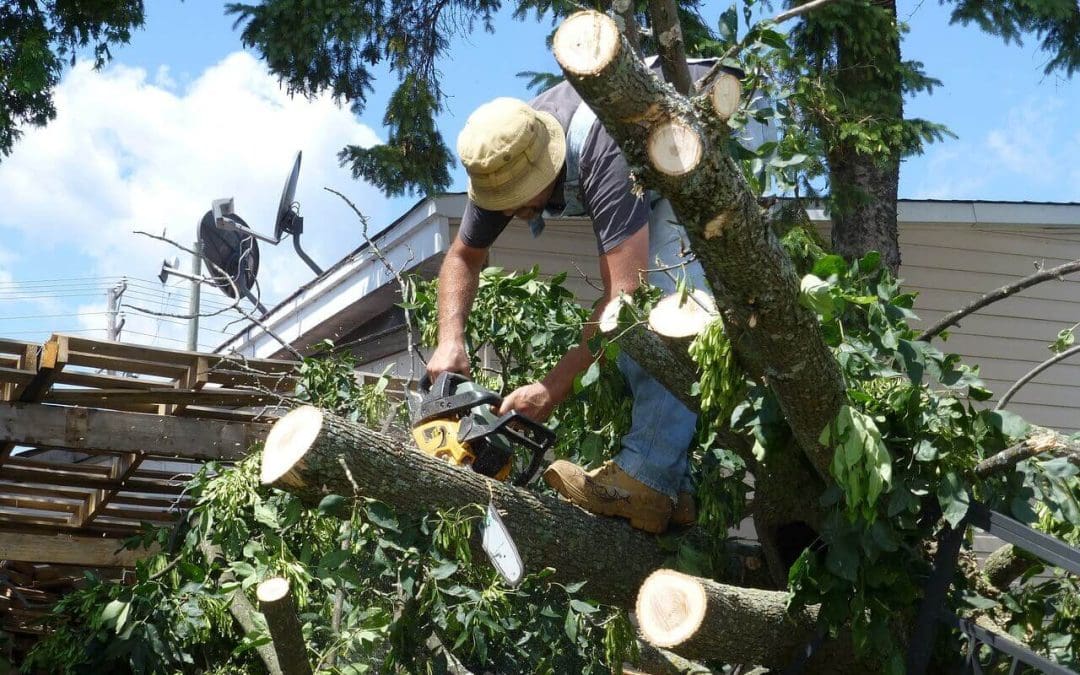Trees are valuable assets to any property, providing shade, beauty, and environmental benefits. However, there are times when a tree may need to be removed. Understanding when and why to remove a tree is crucial for maintaining the safety and aesthetics of your property.
Assessing Tree Health Before You Remove a Tree
The health of a tree is the first and foremost factor to consider. A tree that is diseased, dying, or dead poses significant risks. Signs of a sick tree include discolored leaves, unusual growth patterns, dead branches, or signs of pest infestation. Consulting with a certified arborist can help determine a tree’s health status and whether it can be treated or if removal is the best option.
Remove a Tree for Safety Concerns
Safety is a paramount concern when deciding to remove a tree. Trees that are structurally unsound can be a hazard to your home, nearby structures, and people. Large, overhanging branches, a leaning trunk, or visible root damage are red flags. Storms and strong winds can exacerbate these issues, increasing the likelihood of falling branches or a tree collapsing.
Property Damage
Trees growing too close to your home or other structures can cause damage. Roots can infiltrate plumbing systems, lift sidewalks, and compromise the foundation of buildings. Branches that scrape against roofs or siding can cause costly damage over time. If a tree is too close to your home and causing or has the potential to cause damage, removal might be necessary.
Landscape and Aesthetic Reasons
While safety and health are primary concerns, aesthetic and landscape reasons also influence tree removal decisions. Sometimes, trees can outgrow their space, obstructing views or crowding out other plants. Removing a tree can enhance the overall appearance of your property, allowing for new landscaping opportunities and improving curb appeal.
Construction and Renovation Projects
If you are planning a construction or renovation project, certain trees might need to be removed to accommodate new structures or improvements. This could include expanding your home, adding a pool, or creating a new garden space. Consider the impact of tree removal on the surrounding environment and plan accordingly.
Environmental and Legal Considerations When You Remove a Tree
Before removing a tree, research local regulations or environmental considerations. Some areas have laws protecting certain tree species, or you may need a permit to remove a tree. Additionally, consider the ecological impact of removing a tree, as trees play a critical role in providing habitat, improving air quality, and preventing soil erosion.
Professional Assessment and Removal
Tree removal is a complex and potentially dangerous task that professionals should handle. A certified arborist can thoroughly assess the tree’s condition and recommend the best course of action. Hiring a professional tree removal service ensures the job is done safely and efficiently, minimizing risks to your property and personal safety.
Deciding to remove a tree from your property is not always easy, but it is sometimes necessary for safety and liability reasons. You can make an informed decision by assessing the tree’s health, considering safety concerns, evaluating potential property damage, and consulting with professionals. Always be mindful of local regulations and the environmental impact before removing trees.
Homeworx Services Inc. provides inspection services to customers in Northern Virginia. Contact us to request an appointment.

